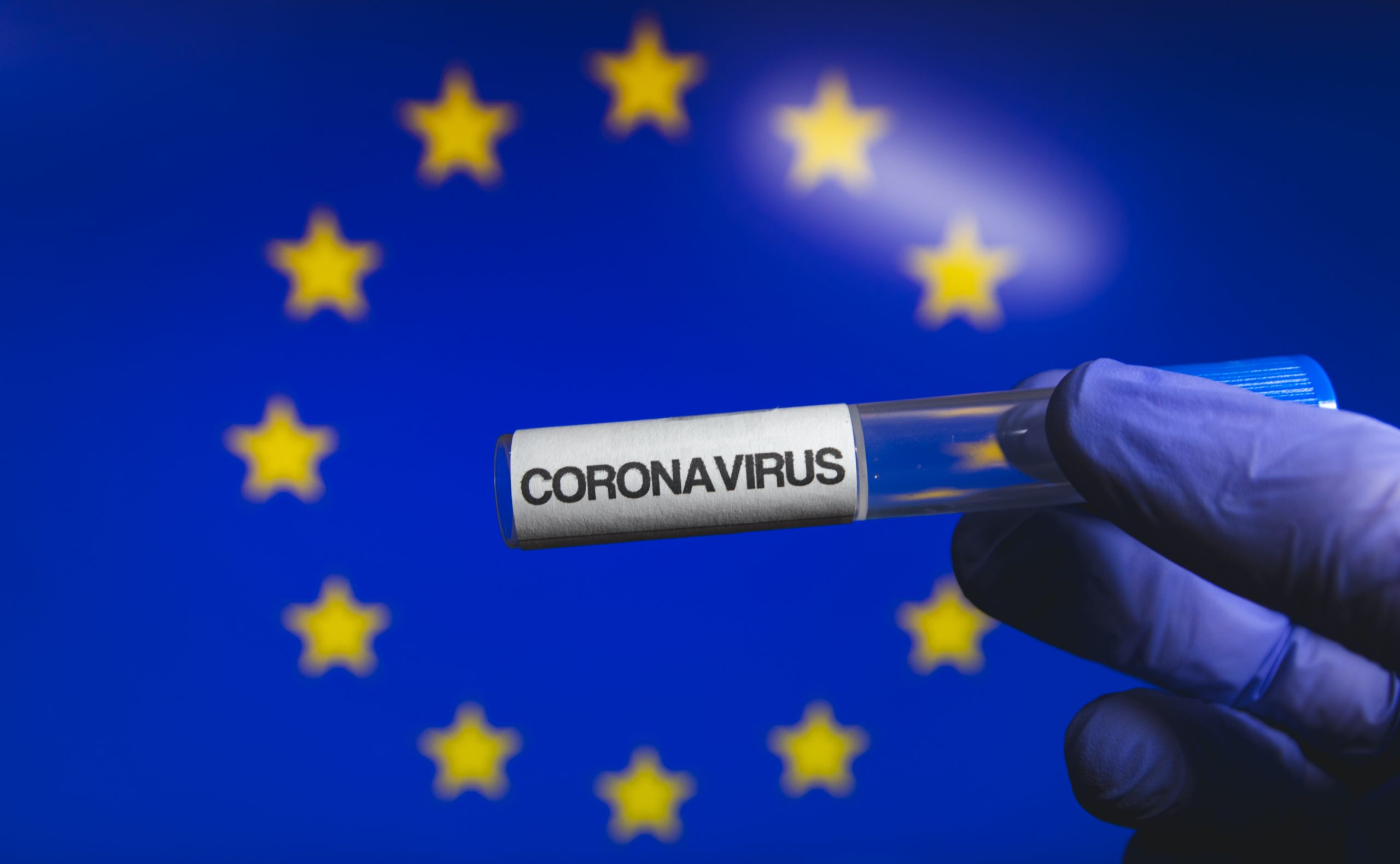
On September 4th, the European Commission announced its adoption of a coordinated approach to the restriction of free movement in response to the coronavirus pandemic. Mindful of the millions of Europeans dependent on moving fluidly throughout the continent, the proposal seeks a balance between the desire of many European Union States to impose COVID-19 related travel restrictions and their collective commitment to the Commission’s foundational principle of free movement. Taking into account the restrictive steps already taken by individual Member States to limit the spread of COVID-19, the proposal anticipates more such attempts amidst the ongoing pandemic. The Commission’s adopted proposal therefore recognizes the right of each of the 27 Member States to impose new travel restrictions while insisting that they remain coordinated, clearly described, and fundamentally non-discriminatory.
Outlining the proposal during the live session, EU Commissioner for Justice Didier Reynders sought to clarify its intent: “Let me be clear…we are not proposing any new restrictions on citizens. We only suggest a coordinate framework in case a member state considers restrictions necessary.”
Pursuant to the objective of increased coordination and communication, the proposal outlines four main objectives: common criteria, a common color code, a common approach for travelers coming from areas deemed higher-risk, and the release of easily accessible and comprehendible information to the public about any restrictions, in a timely manner.
The first objective seeks to establish a standard criteria that states could use as a reference while monitoring the pandemic and when deciding whether or not to impose new restrictions. This would take into account factors such as the number of confirmed COVID-19 cases, the number of COVID-19 tests carried out, and the percentage of positive tests in a given area. Once gathered, this information would ideally be shared weekly within and across the region as well as with the European Centre for Disease Prevention and Control. Against this backdrop, the proposal suggests that states only consider imposing restrictions against travelers coming from:
- Areas with more than 50 COVID-19 cases and a 3% positive test rate.
- Areas with more than 150 COVID-19 cases out of a population of 100,000 within a two-week period.
The proposal’s second objective seeks to aid Member States in the construction of COVID-19 related travel policy by sharing information about how the disease is spreading. The proposal therefore suggests the establishment of a common color-coded map, reflecting data sent by individual Member States to the European Centre for Disease Prevention and Control. Published weekly by the ECDC, the easy-to read and publicly accessible map will display information about infection rates throughout the EU and the EEA, helping businesses and travelers make informed travel decisions.
Thirdly, the EC’s suggests the adoption of a common approach for people travelling from high-risk places. Building off the color-coded map, the proposed uniform criteria envisions the consistent and fair application of rules within and across Member States, reducing confusion for travelers and ensuring that governments are imposing restrictions fairly (non-unilaterally) on all citizens. While the proposal dismisses on principal the idea of banning travelers from high-risk places outright, it provides a potential roadmap for states seeking to limit the spread of coronavirus by subjecting travelers coming from COVID hot spots to certain restrictions post-entry. For example, if a citizen from one Member State seeks to enter the territory of another Member State and he or she is coming from a red (high risk) area, that person could be subject to a mandatory quarantine period post-entry. The proposal does, however, stress that mandatory quarantine should be considered primarily as an option of last-resort, secondary to requiring a COVID-19 test, and should not apply to essential workers or certain travelers, such as doctors, journalists, and students.
Finally, pursuant to its goal of providing clear and timely information to the public (individuals as well as businesses), the EC suggests that any Member State seeking to impose or even reduce COVID-related barriers to free movement (i.e. add or remove travel restrictions) should relay their intended actions to the EC (and to fellow Member States) at least a week in advance. The information will then make its way to the public through the following platforms Re-open EU and the European Centre for Disease Prevention and Control.
Summarizing the intent of the proposal, Didier Reynders stressed that “any restrictions within the EU should be well coordinated, only be used where strictly necessary, be proportionate, and non-discriminatory.” Welcome words, no doubt, to the Member States and their millions of citizens seeking to travel freely and safely.